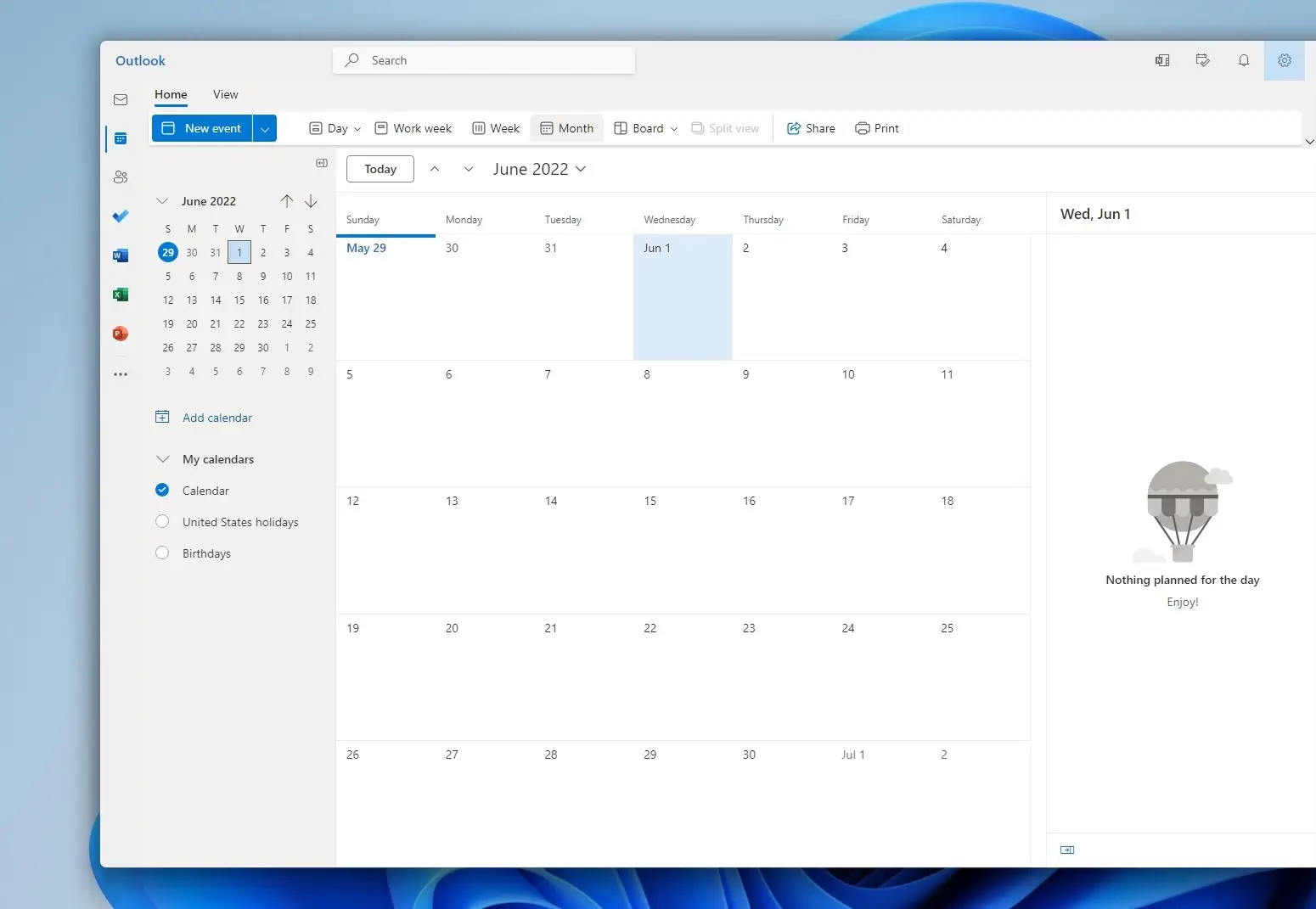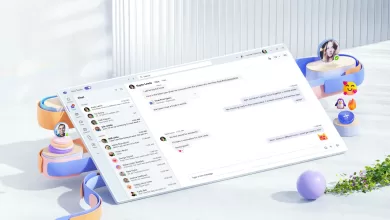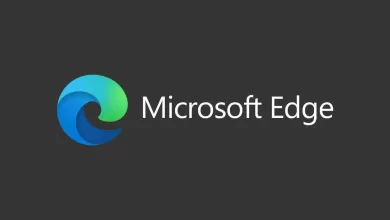The new Outlook App is built on top of Outlook.com and it’s a PWA (Progressive Web App) with a focus on optimizing performance, which should result in a better experience for the lower-end devices.
Several design changes have also made their way over to the new PWA version of the mail app. There’s a redesigned toolbar at the top of the user interface, which offers additional controls over a web browser.
Outlook One seems to do most of its work like the existing Win32 desktop client, while also promising better performance and limited storage. Microsoft started rolling out the new Outlook app on May 17, but the availability has been limited to those with Microsoft 365/Office 365 business and education accounts.
This means only those who are paid customers or have their commercial/educational mailbox can try the new Outlook experience. In order to try the newly refreshed email client, you can click on the “Try the new Outlook” toggle in the top right corner of the Win32 app.
Earlier today, the company started rolling out support for new Outlook for personal accounts, including free users. Personal account support has been available to some users for a few weeks and it’s now rolling out to more testers.
This means you can now use your Gmail, Yahoo and other personal accounts in the new Outlook app. A Microsoft source added that a wider rollout will begin in a few weeks, with more features coming later this year.
As you can see in the above screenshot, Outlook’s new app looks and feels a lot like the existing website. It is significantly better than the UWP app and it even comes with a couple of new features, such as message reminders and a new view for calendar or to-do pages.
The Microsoft Editor support is also included and users can quickly attach files or documents using the mentions feature (@yourfilename). This works only when the tagged file is in the cloud storage i.e OneDrive.
While support for Outlook.com, Gmail, and other IMAP accounts are now available, features like multiple accounts integration and offline support are currently “in development.” Other advanced features like Outlook data (.pst) files and Folder reordering are currently ‘planned’.

 Microsoft will change the default version of Teams on Windows this year
Microsoft will change the default version of Teams on Windows this year Microsoft Edge 114 launches in the stable channel with Workspaces and more
Microsoft Edge 114 launches in the stable channel with Workspaces and more